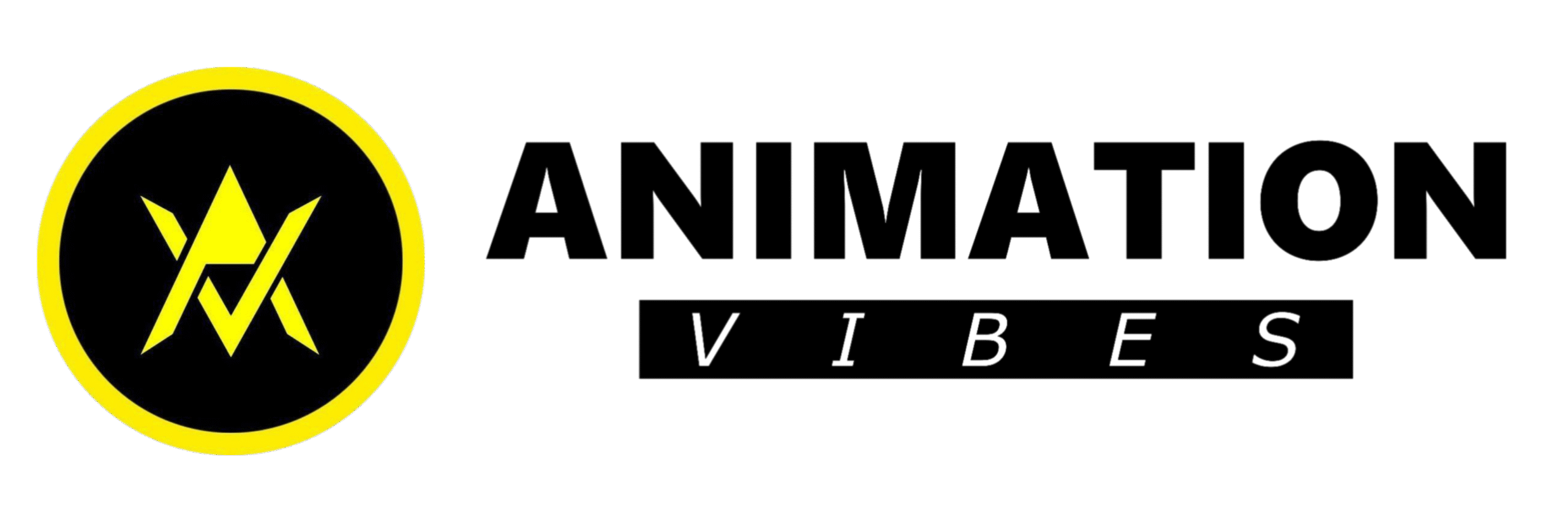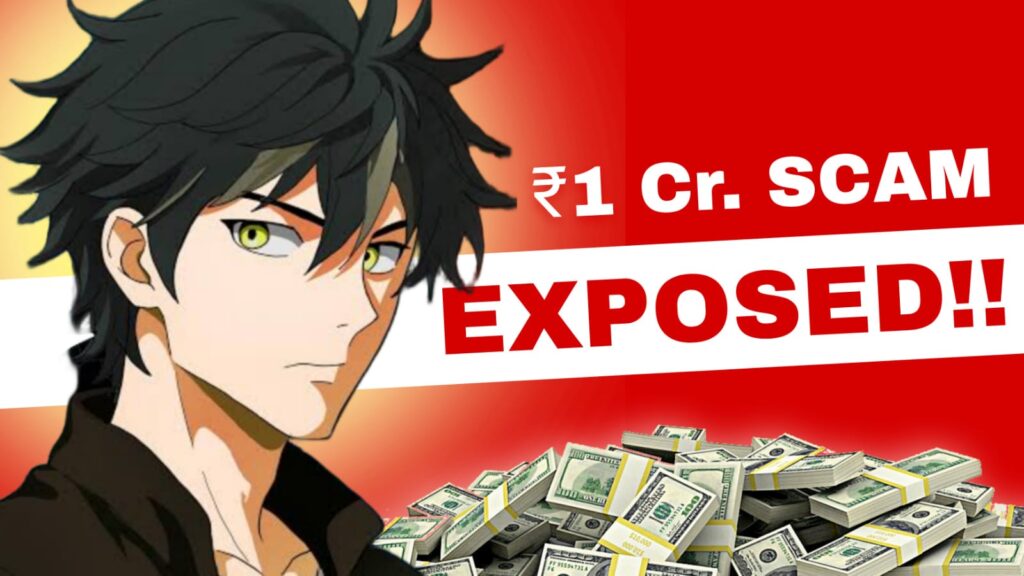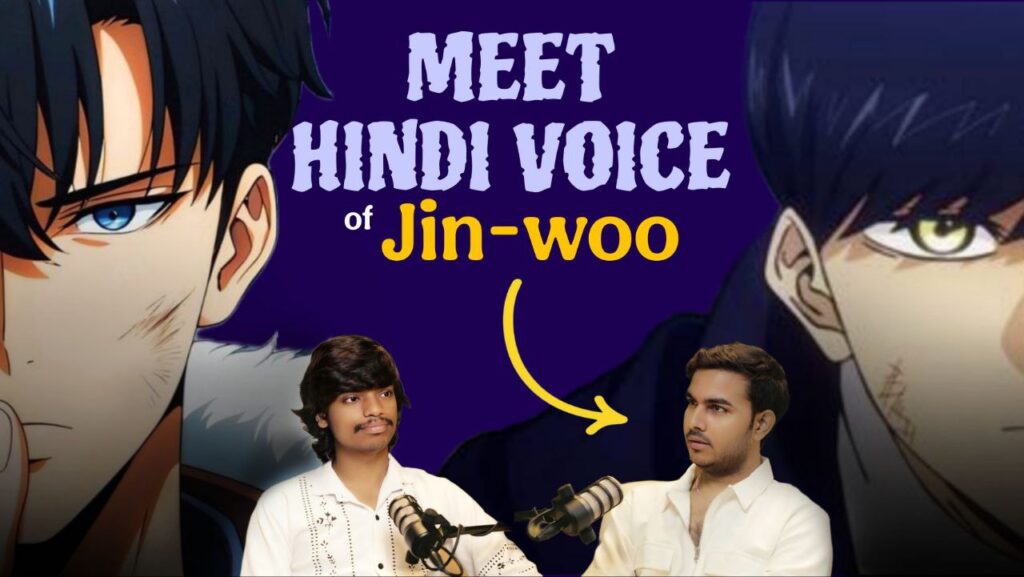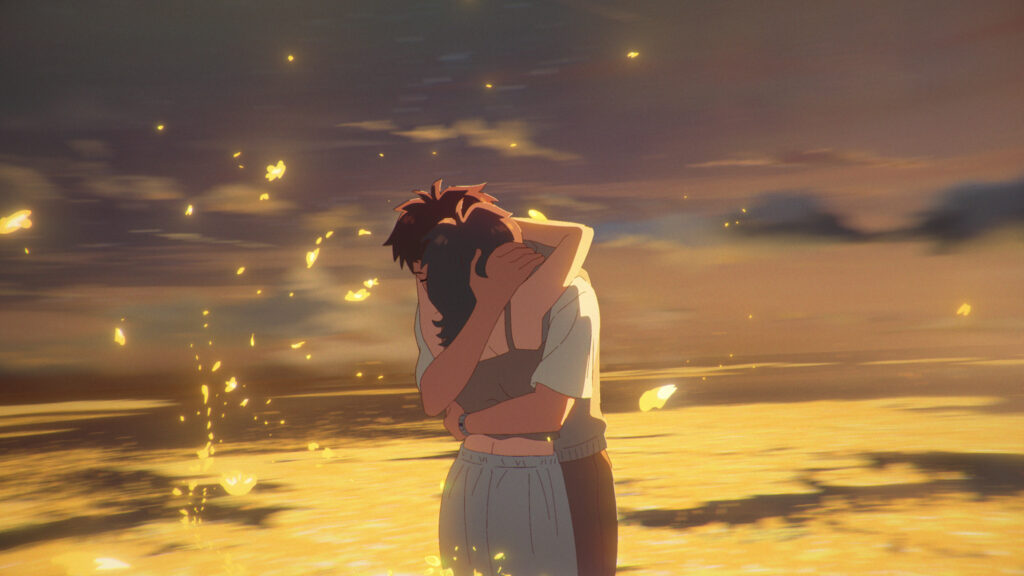Vardaan Anime Case Study: India’s “First” Anime Scandal
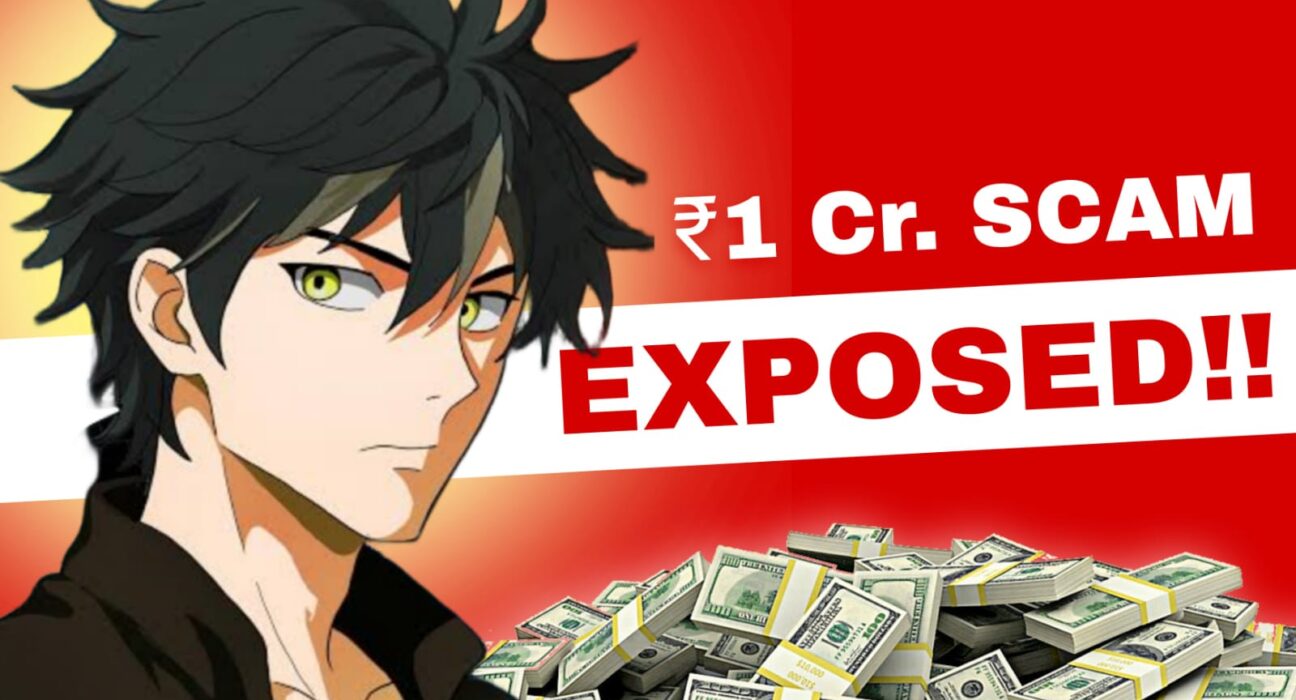
In mid-2025 a new animated project Vardaan suddenly grabbed attention by billing itself as “India’s first anime”, later tweaking the marketing to call it a “dark fantasy” or even “sci-fi” anime. Fans quickly grew suspicious. Many pointed out that Vardaan’s producers had no track record or studio infrastructure – and that the flashy teasers appeared to be stitched together from recycled art and AI assets. The controversy snowballed: social media posts and YouTube exposés accused Vardaan’s creator, Prithvi Gadhwal, of misleading hype and plagiarism. Fandom communities (e.g. r/animeindian) denounced Vardaan as a scam and compared it unfavorably to genuine Indian anime like Karmachakra.
“India’s First Anime”? The Changing Claim
When Vardaan first launched, its social media proudly declared it “India’s first anime series”. This nationalistic marketing drew instant backlash: fans noted India already had anime-inspired films in production, notably Studio Durga’s Karmachakra (see below). By June 2025 the Vardaan team was calling it a “dark fantasy” anime, perhaps to distinguish it from other projects. In any case, the blanket “first anime” claim rang hollow. Several Indian animation fans mocked Vardaan for cashing in on patriotic hype: one commenter warned of the “petty mindset of ‘Indian made/India’s first’” propaganda, noting that projects marketed this way “don’t have any soul or quality in them”. The impression quickly became that Vardaan was more about viral buzz (and followers) than solid animation.
Marketing Hype and Follower Grab
Vardaan’s Instagram/X posts and teaser videos were engineered for maximum hype. They touted big names and dramatic visuals while promising a Mumbai-set anime epic. But critics say it was all window-dressing. One fan observed that the project’s Instagram had attached “legends” like Sanket Mhatre and Rajesh Kava as voice actors (later quietly dropped). Throughout June 2025, Vardaan’s teaser drops and countdown posts (announcing teaser release on 21 June 2025) racked up views. Yet online communities quickly called out the strategy: as one Reddit user put it, “Indians are still into this really petty mindset of ‘India’s first _, we must support it’… Most of these projects that market themselves as ‘India’s first’ don’t have any soul or quality”. In other words, fans felt Vardaan was piggybacking on patriotic sentiment to buy likes and subscribers, rather than earn respect for craft.
Trailer Controversies: Tracing and Plagiarism
The core of the exposé is the trailer content itself. Careful viewers spotted that much of Vardaan’s teaser looks lifted from other works. For example, fans have alleged that key action frames were traced or reused from popular anime and games – everything from Fire Force and Demon Slayer scenes to backgrounds resembling Genshin Impact stills. One Reddit commenter put it bluntly: “This is totally traced using so many scenes I could directly name watching the trailer”. In other words, by “playing spot-the-reference,” community members identified nearly identical frames and animations from existing media.

Another fan post (referring to Vardaan as “Fraud Tandav” in the comment) explained that the entire teaser was built on “only AI images and premade blender scenes”. The post pointed out that the supposed Vardaan studio (“5911 Animation”) has no corporate footprint. “If you search 5911, you will discover that… this studio does not exist,” the critic wrote, concluding flatly “you should know they’re frauds”. In short, independent analysts concluded Vardaan wasn’t being animated frame-by-frame by professionals at all, but assembled from off-the-shelf CGI and AI art with characters pasted in.
Fan Backlash and YouTuber Exposés
Unsurprisingly, the anime fan community erupted. Indian anime forums and social platforms lit up with scorn. Fans derided Vardaan as a “cash-grab” that duped well-meaning viewers. Trending hashtags like #VardaanAnime and “India’s first anime?” were flooded with mockery. Several popular YouTube channels released roast videos and breakdowns. (For example, the Animation Vibes channel dropped a detailed “Vardaan Anime Scam EXPOSED!!” video shortly after the teaser, breaking down each suspicious scene.) In these videos creators fact-checked the claims and poked fun at the poor artwork. Comments on these videos and Reddit threads echoed earlier criticisms: one user lamented that while real indie anime struggle for attention, “stupid shit like (Vardaan) gets 118k and 141k views… despite being filled with AI shit”.
Community voices also doubted the team’s credentials. Several commenters noted that Vardaan’s “studio” had no website or portfolio. Without evidence of past animation work, longtime fans took Vardaan’s boasts with skepticism. In sum, what began as curiosity over a new Indian anime morphed into a running joke. Even outside India, observers saw this as part of a larger trend of shady “anime” projects popping up on social media.
The “₹1 Crore” Crunchyroll Claim
Amid the flurry of exposé videos, another claim by Vardaan’s team went viral — and equally viral with skepticism. Gadhwal and his affiliates had implied that Crunchyroll (the major anime streaming service) had agreed to finance Vardaan for ₹1 crore. This story briefly circulated in Indian anime circles as “big news.” But crucially, no announcement or confirmation ever came from Crunchyroll. Crunchyroll’s official India accounts never acknowledged Vardaan. As a result, many fans regarded the Crunchyroll deal talk as pure hype or rumor. In discussions, users noted that Crunchyroll had never even tweeted about Vardaan, and media outlets had no record of such a licensing deal.
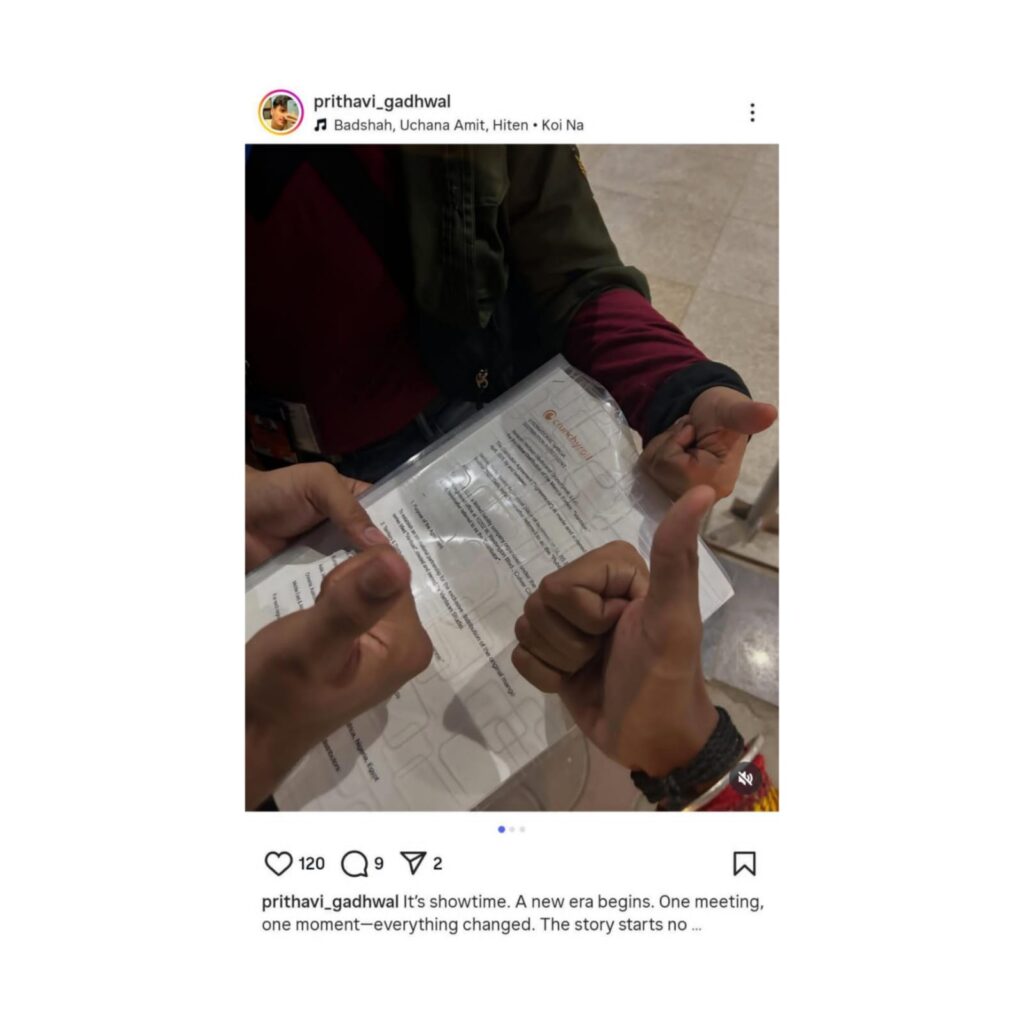
Given the lack of evidence, the ₹1-cr. Crunchyroll story quickly fell apart as “baseless.” It fit a pattern: after each new Vardaan teaser dropped, supporters would sensationalize a big deal or endorsement (first “India’s first anime,” then Crunchyroll, then voice stars). Each claim would be met with fan skepticism. In short, the Crunchyroll funding story appears to have been at best an unsubstantiated press release or brag by the Vardaan team. No credible source confirms it.
Voice Actors and Project Unraveling
Initially, the Vardaan marketing touted professional voice talent: Sanket Mhatre (a leading Bollywood dubbing artist) was announced as Veer, and Rajesh Kava as Manas, with Sonal Kaushal attached too. However, as the controversy grew, these names quietly disappeared from updates. Neither actor made any official announcement, but fan sleuths noted that after backlash mounted, the voice actors stopped promoting Vardaan on their feeds. (For example, an Instagram post “Voiced by legends: Sanket Mhatre, Sonal Kaushal, Rajesh Kava” was later removed or ignored.) By end of June 2025 several community comments claimed Mhatre and Kava “dropped out” once the fiasco hit, though no public statement was made. In essence, the promise of famous Hindi voices was one more element that seemed aimed at credibility but vanished amid the scandal.
No Studio, AI Assets, and Blender Scenes
Investigators looking into Vardaan’s claims found that the project has no registered animation studio. Fan analysts pointed out that the Vardaan team admitted the animation was largely done on computers without a traditional studio.
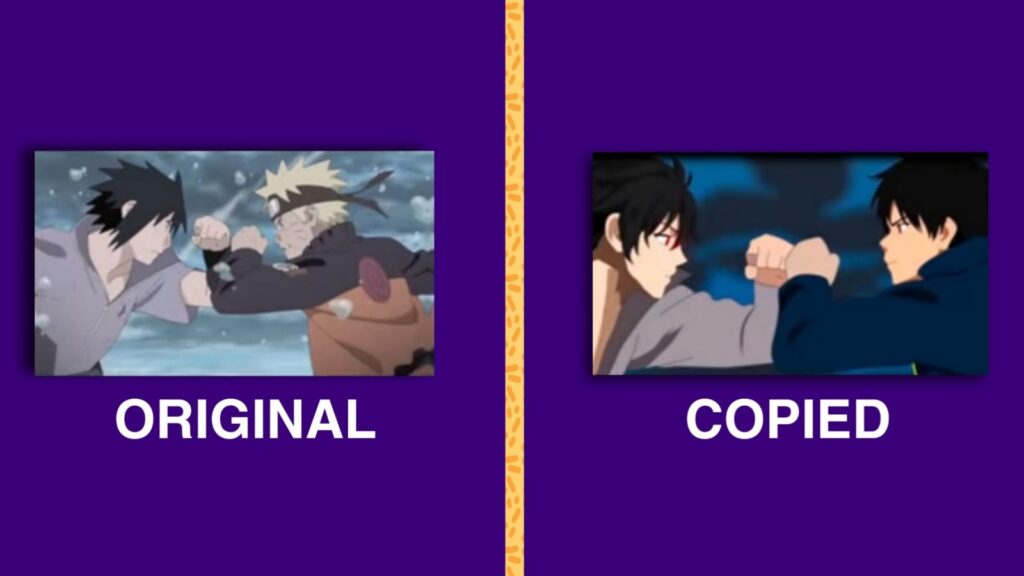
One Reddit exposé noted bluntly: “This studio… has released two teasers in which there are only AI images and premade blender scenes”. In other words, rather than hand-drawn or fully 3D animation, the teasers mainly compiled AI-generated art and off-the-shelf 3D scenes (made in Blender). The same post explained that searching for the credited company (even looking up “5911 Animation”) yields nothing; the developers appear to be a small group of hobbyists labeling themselves an “animation studio”. Fans concluded that the only assets in Vardaan that were truly original were the voice recordings (and arguably even those are unverified). This revelation – that Vardaan essentially had no production pipeline – cemented the perception of Vardaan as a pretender.
Real First Indian Anime: Karmachakra
To put Vardaan in context, it’s worth noting what actually counts as India’s first anime. That title usually goes to Karmachakra: Episode Zero (2020) by Studio Durga, a Kolkata-based indie team. Karmachakra was conceived around 2016–2017 and had a working anime pipeline (and famous Bengali actors voicing characters). It was officially “billed as the first independent Indian anime production”, with a trailer and pilot episode released after years of labor. Unlike Vardaan, Karmachakra had an actual studio (Studio Durga) and a completed 90-minute film in hand.

By contrast, Vardaan has no such pedigree. Where Karmachakra was financed internally and crowd-supported over years, Vardaan’s claims of big investment and Crunchyroll backing remain unverified. Studio Durga even released the first 20 minutes of Karmachakra freely online in 2020, whereas Vardaan’s two-minute teasers (mid-2025) amount to little more than a cheap demo of borrowed visuals. The community now tends to treat Vardaan as a side-note: an example of how not to launch an Indian anime.
Summary Verdict
In summary, the Vardaan saga is widely seen as a cautionary tale. Its creators took a bold nationalistic claim – “India’s first anime” – and tried to monetize it through viral marketing. But investigative fans and commentators exposed that the project had no substance: no registered studio, no original animation, and no legitimate deals to support its hype. As one Reddit analyst put it, the teasers were basically “AI shit” recycled into a trailer. The fallout saw voice actors step back, Crunchyroll ignoring any announcement, and fan confidence collapsing.
While it’s admirable that creators want to foster an Indian anime industry, the Vardaan approach only fueled cynicism. In a community eager for homegrown anime, the Vardaan controversy served as a reminder that ambition must be matched by craftsmanship. Indian fans now point to Karmachakra and other genuine projects as the true benchmarks – not to fanciful titles or viral stunts. In the end, Vardaan may have gained temporary attention and followers, but its long-term legacy is as an exposé: a lesson in what happens when hype overtakes honesty.

